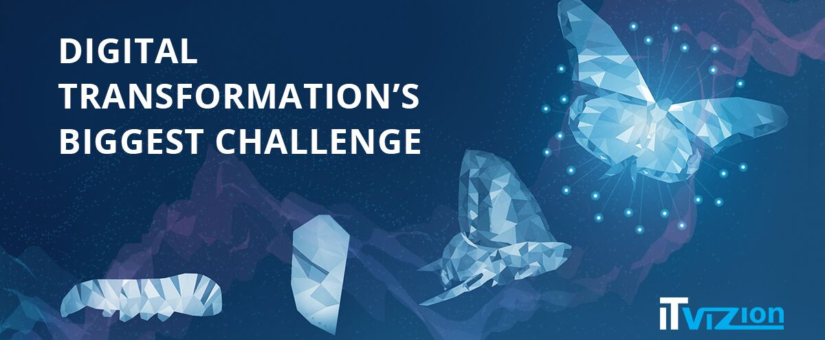
Digital Transformation’s Biggest Challenge
Every few years, a new “revolution” in information technology becomes the talk of marketers and consultants. Over the last 30 years, I have been fortunate to provide services to customers who have benefitted from these “revolutions”: digital controllers, automation, integrated manufacturing, operations/manufacturing intelligence/analytics, etc. It seems to be the case that every “revolution” is “the revolution.” Digital Transformation is no different.
To begin with, we have been “digitalizing” for several years. We stopped using Analog Computers over 40 years ago. Information technology has rapidly grown, enabled by semiconductor technology that follows Moore’s Law. The internet is now 30 years old.
So, what is different this time? A quick search for “Digitalization” and “Digital Transformation” on the Internet yields many matches and definitions from different perspectives.
Gartner tells us: Digitalization is the use of digital technologies to change a business model and provide new revenue and value-producing opportunities; it is the process of moving to a digital business.
Accenture tells us: Digital Transformation is an approach that uses advanced technology to reinvent products and services from design and engineering to manufacturing and support, accelerating operational efficiency and enterprise-wide growth.
The World Economic Forum sees Digital Transformation as a necessary global initiative
One can argue that the benefits described in these messages have been “pitched” before. But we are in a new “revolution” nonetheless.
The one difference is the proliferation and ultimately successful deployment of new technologies like the Cloud, AI, smartphones, low-cost wireless communication, and smart-sensing technology. These are awesome, and no doubt spark my interest and that of other technocrats.
The one thing that hasn’t changed is that technology is not the problem here. It was never the problem in all of the previous attempts; else, nobody would have bought into them. Digital Transformation is about transforming the organization and the way that people work. This remains the biggest challenge.
Take, for example, OT-IT or IT-OT integration (more buzzwords). Yes, these are commutative terms. It all depends on whose perspective.
Today we can still experience the difficulty of getting two critical organizations, IT and Operations, to collaborate on the absolute value of IT-OT integration. The abs(OT-IT) function makes the order irrelevant! Both have C-level executives, CIO and COO, that sit next to the CFO and CEO, who approve the funding of initiatives. Both have great technology and business knowledge that needs to be leveraged. Yet, we can still experience some customers a complicated relationship:
- IT wants to own some of the technology in the operational facilities. In particular, now that it is becoming more sophisticated and connects to the business, OT is not comfortable allowing IT to touch systems connected to equipment.
- IT is doing the right thing in managing security and governance. Yet, OT feels that IT is a barrier to getting things done.
- OT finds an excellent technical solution to their business problem. Yet, IT has not identified it as one of the “standard” products to use.
- And on and on and on…
I enjoyed working with both organizations, and I clearly understand their value. I am not picking on either. These are just examples. I have met some of the best and brightest in the business and appreciate the many things I have learned from both.
Let’s recognize that Digitalization will not succeed without improved collaboration. It is about sharing information. It is about improved agility.
We do not need a new “reference model” to start making Digitalization a success. Instead, we need:
- Cross-functional teams.
- Empowered to make decisions (no management barriers)
- Agile (yielding short-term results)
- Cross-trained. IT needs to understand how the plant functions (physical science). OT needs to understand proper data and software architectures (computer science).
- Multifaceted team members that can wear many hats (communicators, enablers, project managers, etc.)
- IT departments that do not mandate one technology as a panacea, a set of best-in-class solutions will result in a shorter time-to-solution and shorter time-to-value with lower code bases and a lower cost of ownership. Don’t believe me? …then have a bake-off.
Interested In Learning More?

IT Vizion is the OT/IT system integrator of choice for some of the largest Oil&Gas, Chemicals, and Manufacturing companies worldwide.
Copyright ©2025 IT Vizion
Contact info
Let’s connect. Contact IT Vizion today.
- We Operate Worldwide
- +1 (951) 256-4320
- [email protected]
